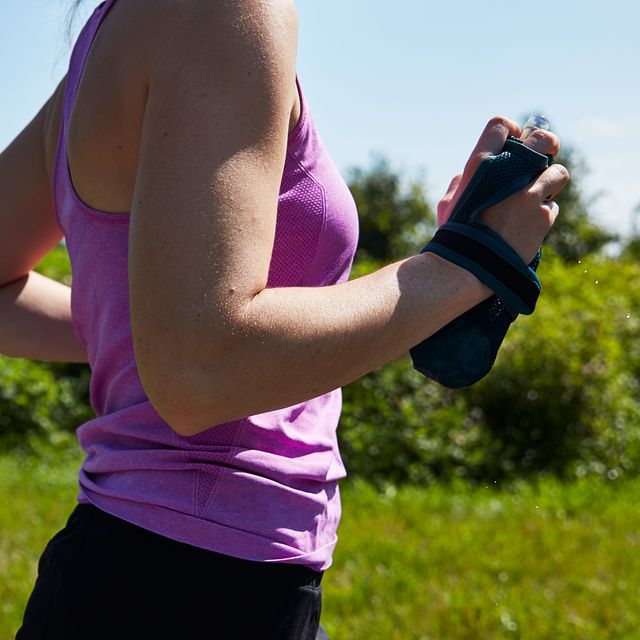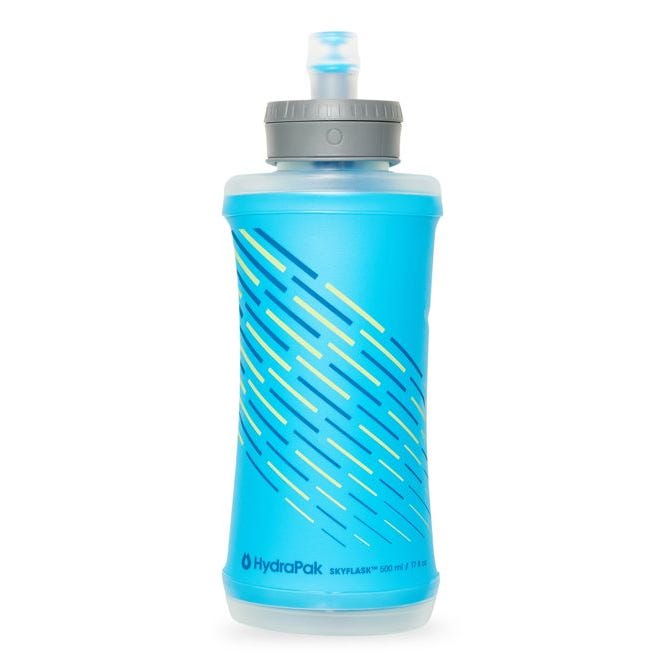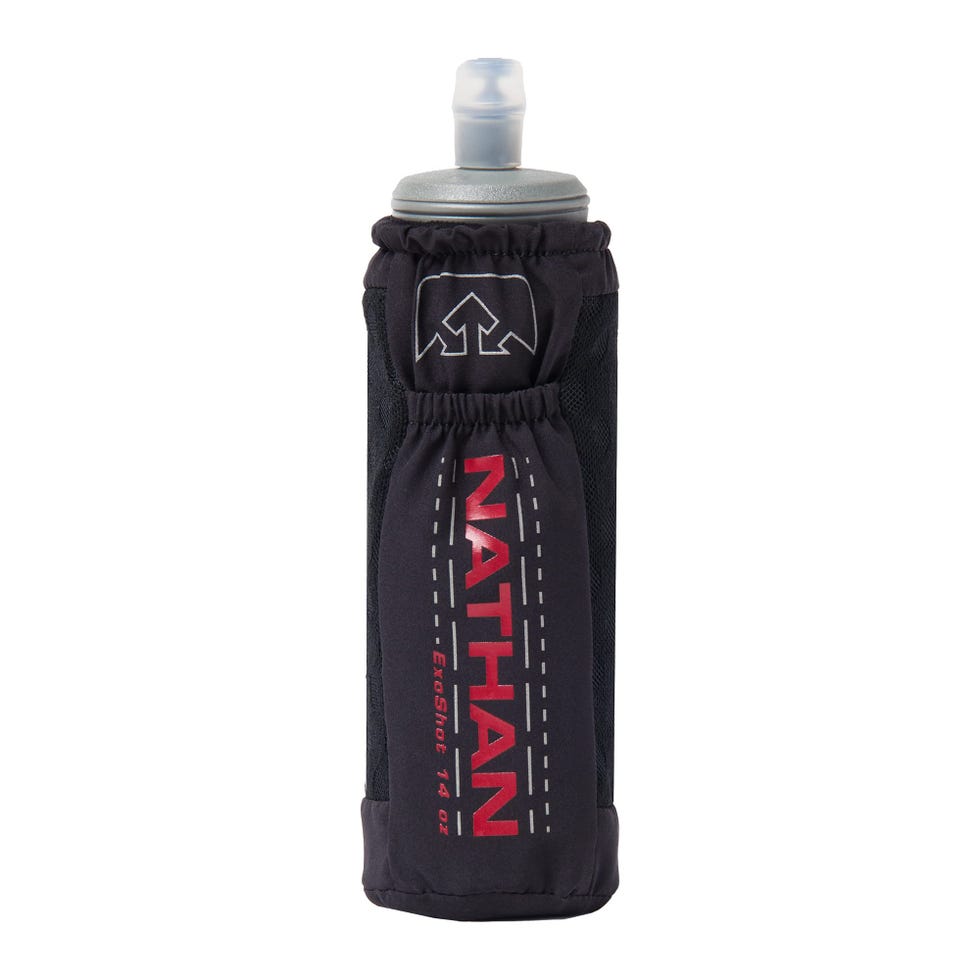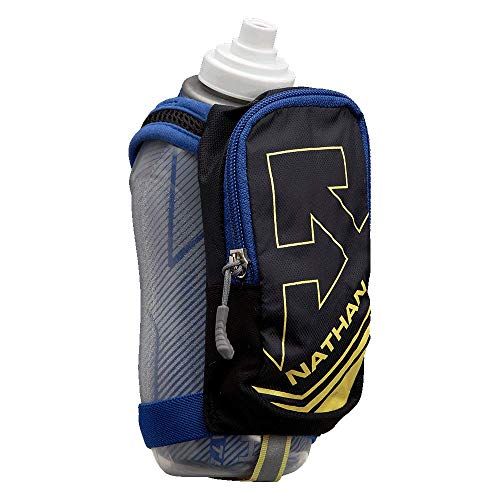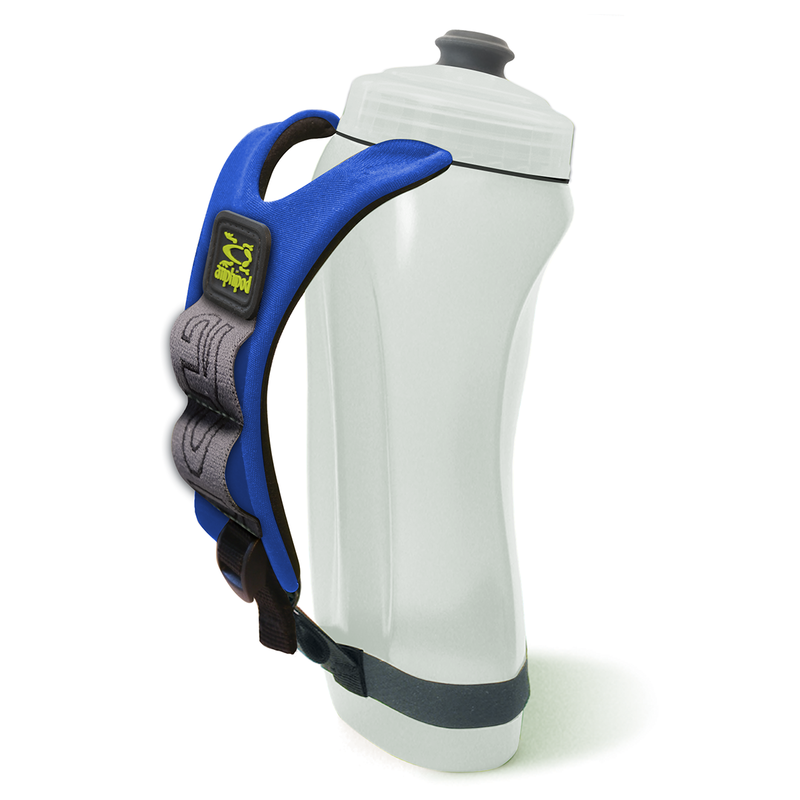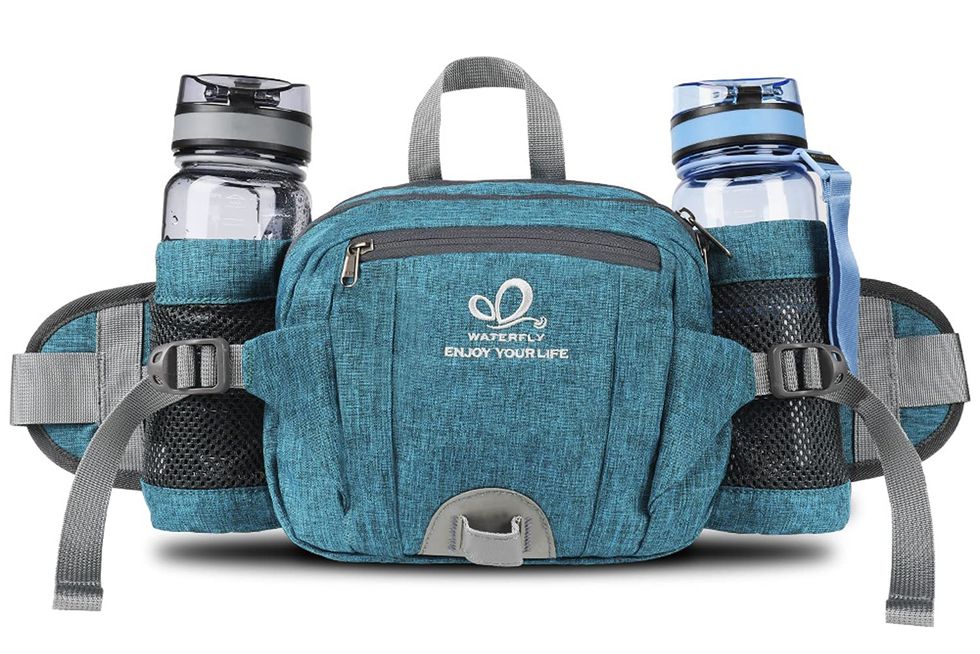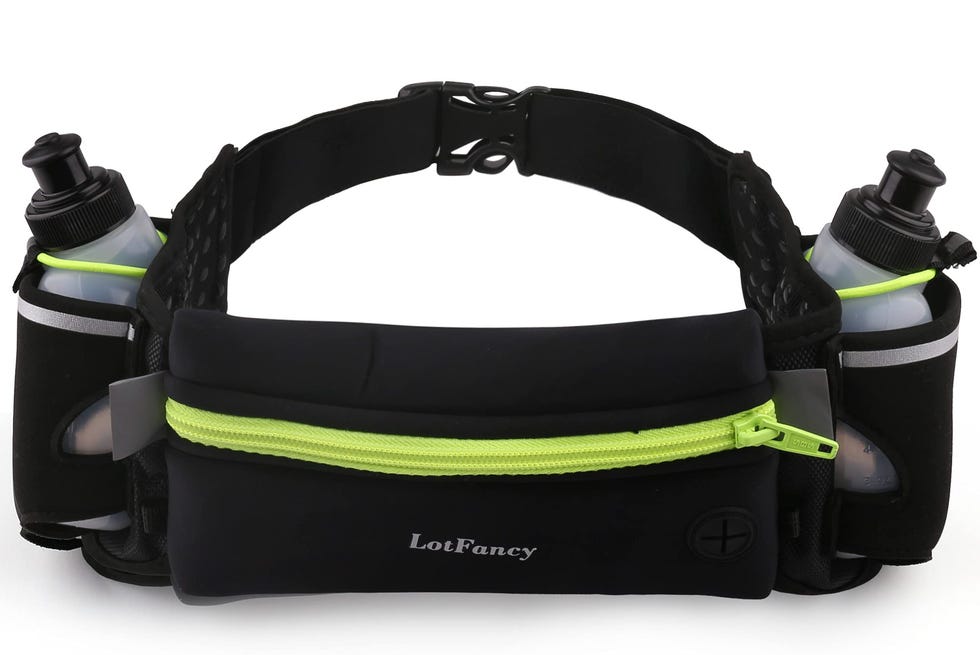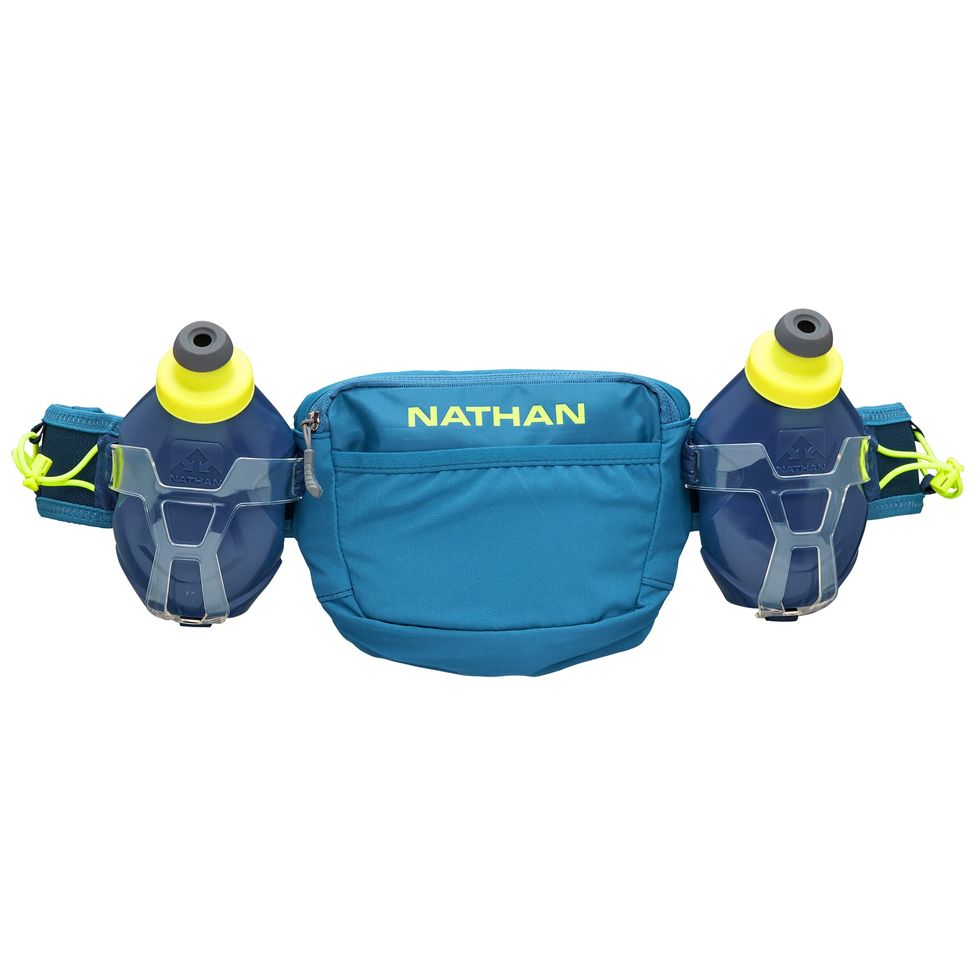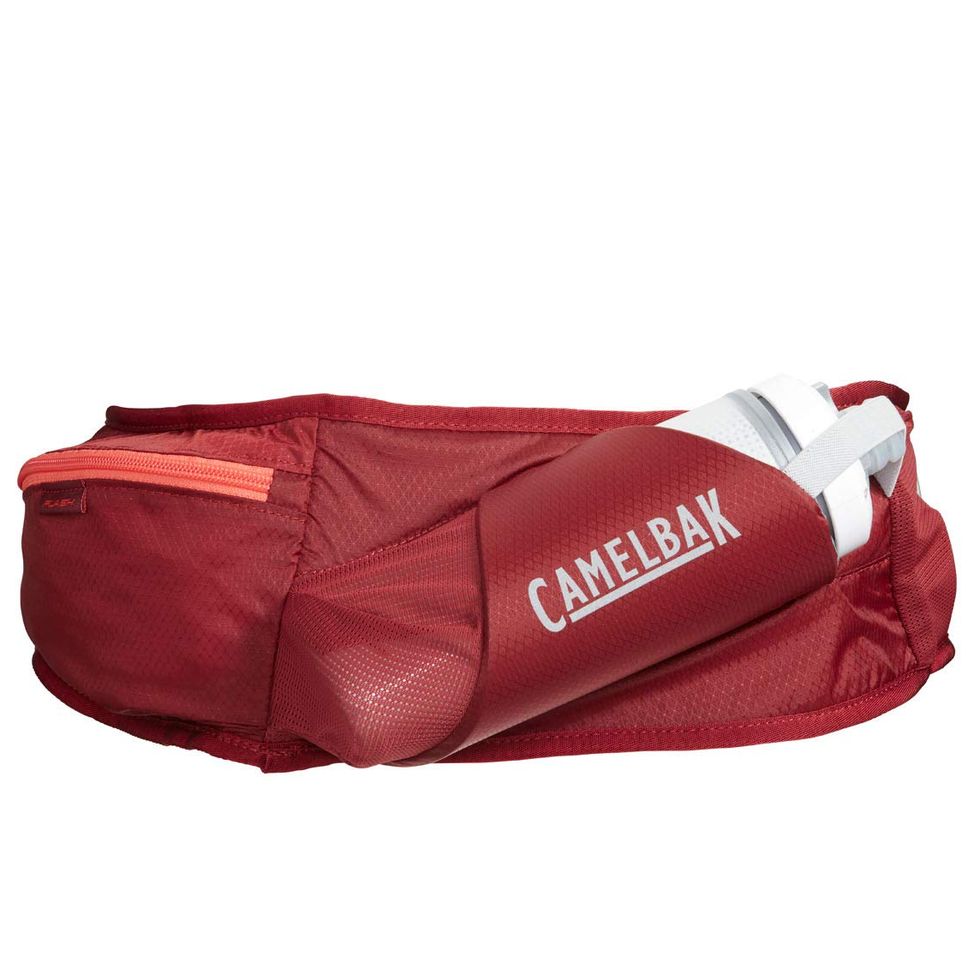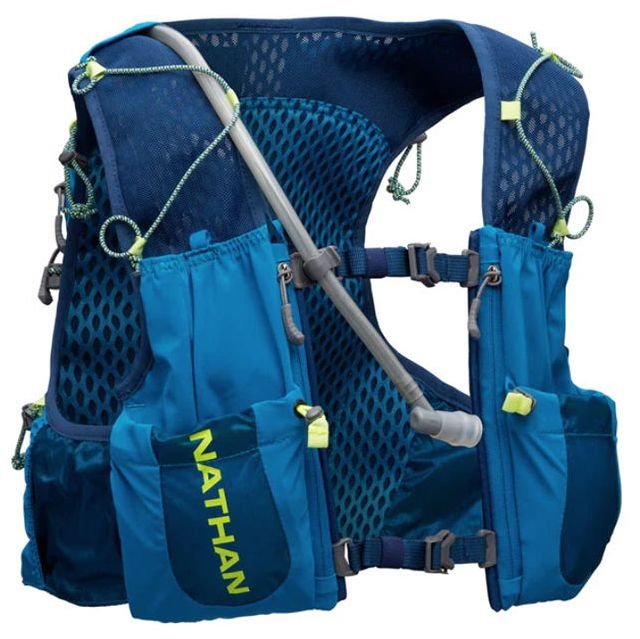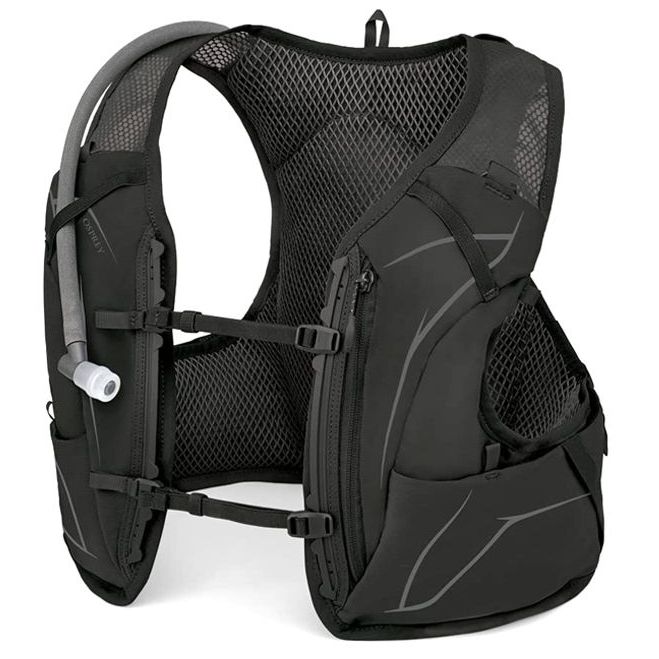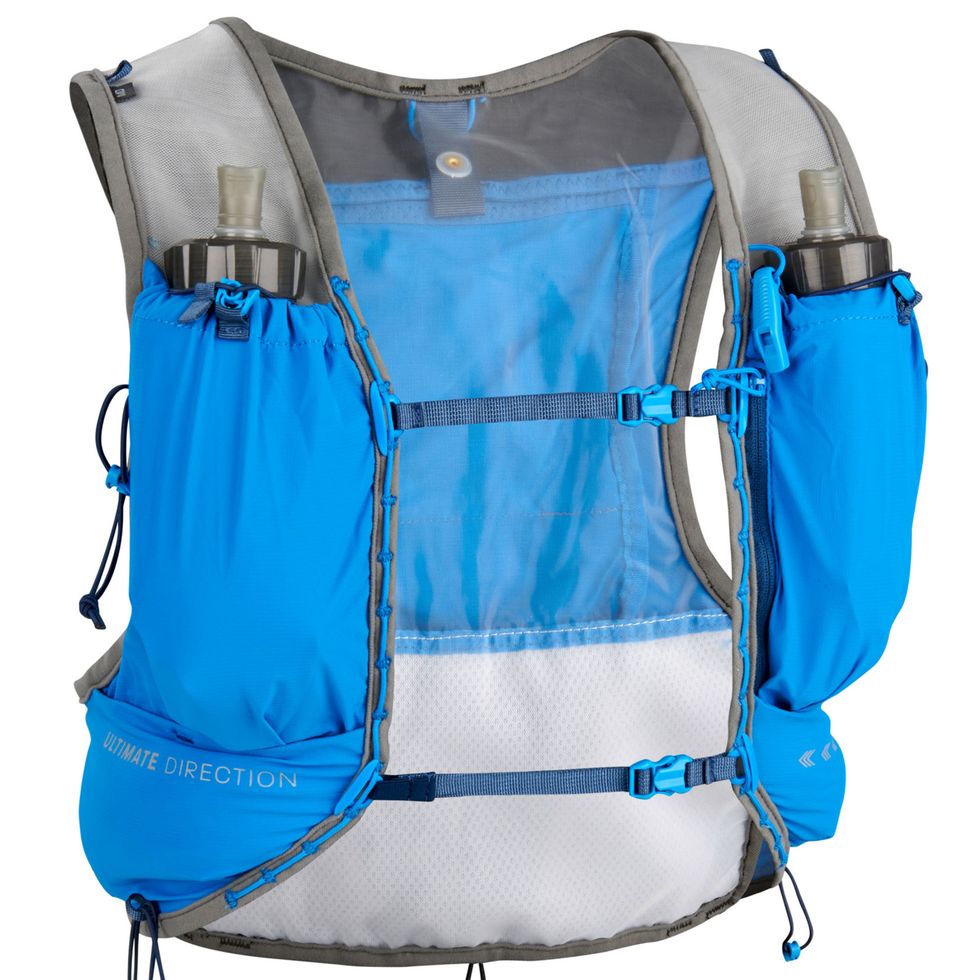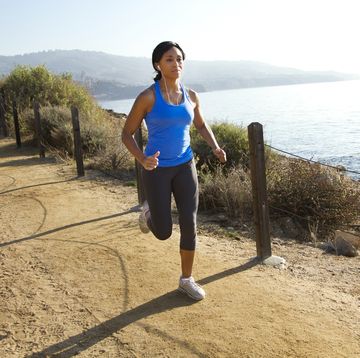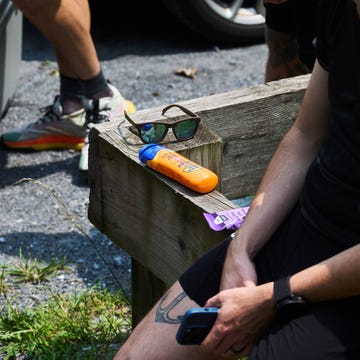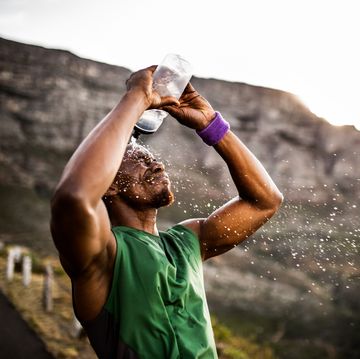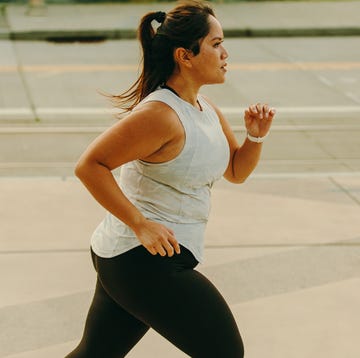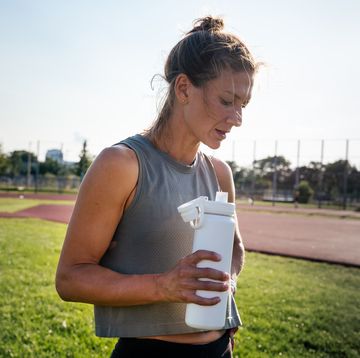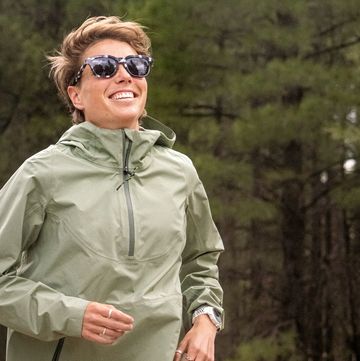In the last few weeks, temperatures have reached record highs across the country, which forced many of us to adjust to running in the heat. One must-have to handling these high temperatures? Staying hydrated, which means running with a water bottle or other hydration gear.
“Most runners strategically pick their clothes, sneakers, and training plans, but have no plan for staying hydrated,” says Craig Horswill, Ph.D., clinical associate professor of kinesiology and nutrition at the University of Illinois at Chicago, adding—no surprise here—that this is a problem. On the light end of the spectrum, dehydration can cause a headache and screw up your run, and on the severe side, it can lead to heat stroke, which can be deadly.
We know carrying water in addition to everything else isn’t always ideal or the most comfortable, but it doesn’t have to be complicated and it can even make your runs better. Here are three ways to comfortably run with a water bottle.
How to Make Running With a Water Bottle Easy
Some coaches argue that a handheld bottle will throw off your weight and thus your form. But two small handhelds (one in each hand for even weight distribution) makes for a smart option for shorter long runs.
“A simple handheld will do the trick for shorter runs less than two hours long,” says Patrick Caron, an ultrarunner who holds the record for fastest 100 miles run by a 19- and 20-year-old. “Flasks are great because they’re there when you need them, and you can stash them when you don’t,” Caron says.
If you only want to run with one water bottle, pass it back and forth between hands each mile—it’ll prevent you from developing imbalances and give you something to focus on as the miles tick by.
Packs and Belts Simplify Running With Water
If you prefer to stow your necessities on your waist, a lumbar pack (which sits around your hips) or belt can help you stay hydrated on both road and trail. Placing the weight of water on the small of your back, in the center, is the best place to distribute that weight without throwing off your form. Plus, packs have room to stow your fluids and other fuel or gear you may need such as gels, snacks, or sunscreen.
Hydration Vests Also Make Running With Water More Comfortable
If bottles and belts aren’t your jam, try a running vest, which is popular among trail and ultrarunners. A vest works similar to a backpack in that it evenly distributes the weight on and around your core.
Running hydration vests are also super streamlined to stay close to the body, just be sure to test yours out on some shorter runs first to make sure there are no issues with chafing.
How to Calculate Your Hydration Needs
Determining your hydration plan is both complicated and simple. “Everyone requires different amounts of water during their run,” Horswill says. But it’s easy to figure out how much you need with one key strategy.
First, weigh yourself nude right before a run. Next, run around your race pace for one hour, keeping track of how much you drink (in ounces) during the run. (If it’s during the summer, hopefully you’re drinking something!)
After the run, strip down, towel off any sweat, and weigh yourself nude again. Subtract your weight from your prerun weight and convert to ounces. (One pound equals 16 ounces.) Then add to that number with however many ounces of liquid you consumed on your run. For example, if you lost a pound and drank 16 ounces of fluid, your total fluid loss is 32 fluid ounces.
To determine how much you should be drinking about every 15 minutes, divide your hourly fluid loss by four (in the above example it would be 8 fluid ounces). Because the test only determines your sweat losses for the environmental conditions you run in that day, you should retest on another day when conditions are different to see how your sweat rate is affected. You should also redo the test during different seasons, in different environments (such as higher or lower altitudes), and as you become faster, as pace also affects your sweat rate.
Horswill also warns against over-hydrating, which can be fatal in extreme cases, so you shouldn’t weigh more than your starting weight when you come back.
Do this test periodically throughout the year since your hydration needs will change based on the season and how well you’ve acclimated to the heat. (Find some estimates based on your weight with this hydration chart by weight.)
Understanding your personal sweat rate is important because loading up on water all at once isn’t the best hydration strategy. “The idea is to replace sweat as you lose it, plus a belly full of fluid isn’t very comfortable,” Horswill says.
